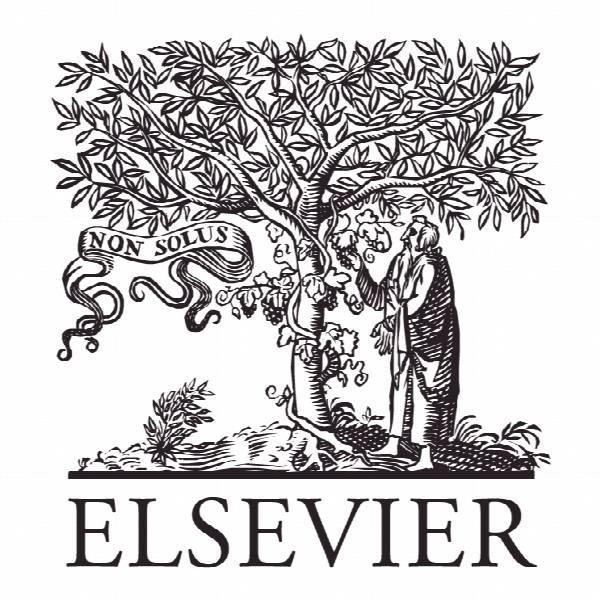یک مدل تصمیم گیری چند منظوره ترکیبی ارزیابی عملکرد پایداری برای شرکت های حسابدار دولتی رسمی تایوانی A hybrid multiple criteria decision making model of sustainability performance evaluation for Taiwanese Certified Public Accountant firms
- نوع فایل : کتاب
- زبان : انگلیسی
- ناشر : Elsevier
- چاپ و سال / کشور: 2018
توضیحات
رشته های مرتبط حسابداری، مدیریت
گرایش های مرتبط حسابداری مدیریت، مدیریت عملکرد
مجله تولید پاک – Journal of Cleaner Production
دانشگاه Nanjing University of Science and Technology – China
منتشر شده در نشریه الزویر
کلمات کلیدی انگلیسی Sustainability performance, Certified Public Accountant firms, Multiple Criteria Decision Making, Decision Making Trial and Evaluation Laboratory, Analytic Network Process, VlseKriterijumska Optimizacija I Kompromisno Resenje
گرایش های مرتبط حسابداری مدیریت، مدیریت عملکرد
مجله تولید پاک – Journal of Cleaner Production
دانشگاه Nanjing University of Science and Technology – China
منتشر شده در نشریه الزویر
کلمات کلیدی انگلیسی Sustainability performance, Certified Public Accountant firms, Multiple Criteria Decision Making, Decision Making Trial and Evaluation Laboratory, Analytic Network Process, VlseKriterijumska Optimizacija I Kompromisno Resenje
Description
1. Introduction After a number of accounting and auditing scandals such as those related to Enron in the early 2000s, Certified Public Accountant (CPA) firms, which offer auditing services by professional auditors to other organizations (Fernandez-Feijoo et al., 2016), are now exposed to intense pressure from more rigorous regulations and a growing number of global alliances (Chang et al., 2009a; Chang et al., 2011). For example, the Sarbanes-Oxley Act (SOX) in the U.S. requires that CPA firms cannot provide audit service to the same public company for more than 5 years in a row and cannot provide some types of non-audit services to their audit clients in order to improve auditor independence (Chang et al., 2009b). Additionally, there have been multiple mergers and acquisitions among CPA firms around the world. The so-called “Big Eight” CPA firms in the 1980s first dwindled to the “Big Five” and are now down to the “Big Four”. There has also been increasing competitive pressure among Taiwanese CPA firms. After the enactment of SOX, the Financial Supervisory Commission in Taiwan required that auditors should provide some mechanisms to increase the likelihood of high-level audit quality and appropriate professional conduct (Chen et al., 2008). In addition, the Fair Trade Commission in Taiwan determined that the audit fee standard was in violation of the Fair Trade Act, which enhanced audit-market competition through price-cutting strategies (Chang et al., 2009d). Therefore, how to obtain sustainable competitive advantage and improve corporate sustainability in this competitive environment is the primary decision-making issue for Taiwanese CPA firms’ partners, the top management, and shareholders. Corporate sustainability is defined as “meeting needs of the firm’s direct and indirect stakeholders (such as shareholders, employees, clients, pressure groups, communities, etc.), without compromising its ability to meet future stakeholder needs as well” (Dyllick and Hockerts, 2002). Therefore, corporate sustainability performance depends on the extent of meeting the key stakeholders’ needs (Searcy, 2012). According to the concept of triple bottom line (Elkington, 1997), the extent to which a firm considers economic, environmental, and social factors in its business is the key concern for evaluating corporate sustainability performance (Govindan et al., 2013; Peralta Álvarez et al., 2017). For CPA firms, the environmental factors are not the key concerns of their key stakeholders, because the professional services offered by CPA firms do not lead to harmful environmental impacts, such as pollution from manufacturing industries (Duff, 2011). Aside from shareholders’ concern over financial performance, the literature has also looked at the economic and social demands of other key stakeholders of CPA firms (such as clients, employees, etc.) (Chen et al., 2008; Knechel et al., 2009). Unfortunately, previous studies focused more on evaluating productivity rather than sustainability performance of CPA firms (e.g. Cheng, 2000a.; Banker et al., 2002.; Banker et al., 2003; Chang et al., 2009a; Chang et al., 2009b; Chang et al., 2009c; Johnstone et al., 2004; Wang et al., 2014).


